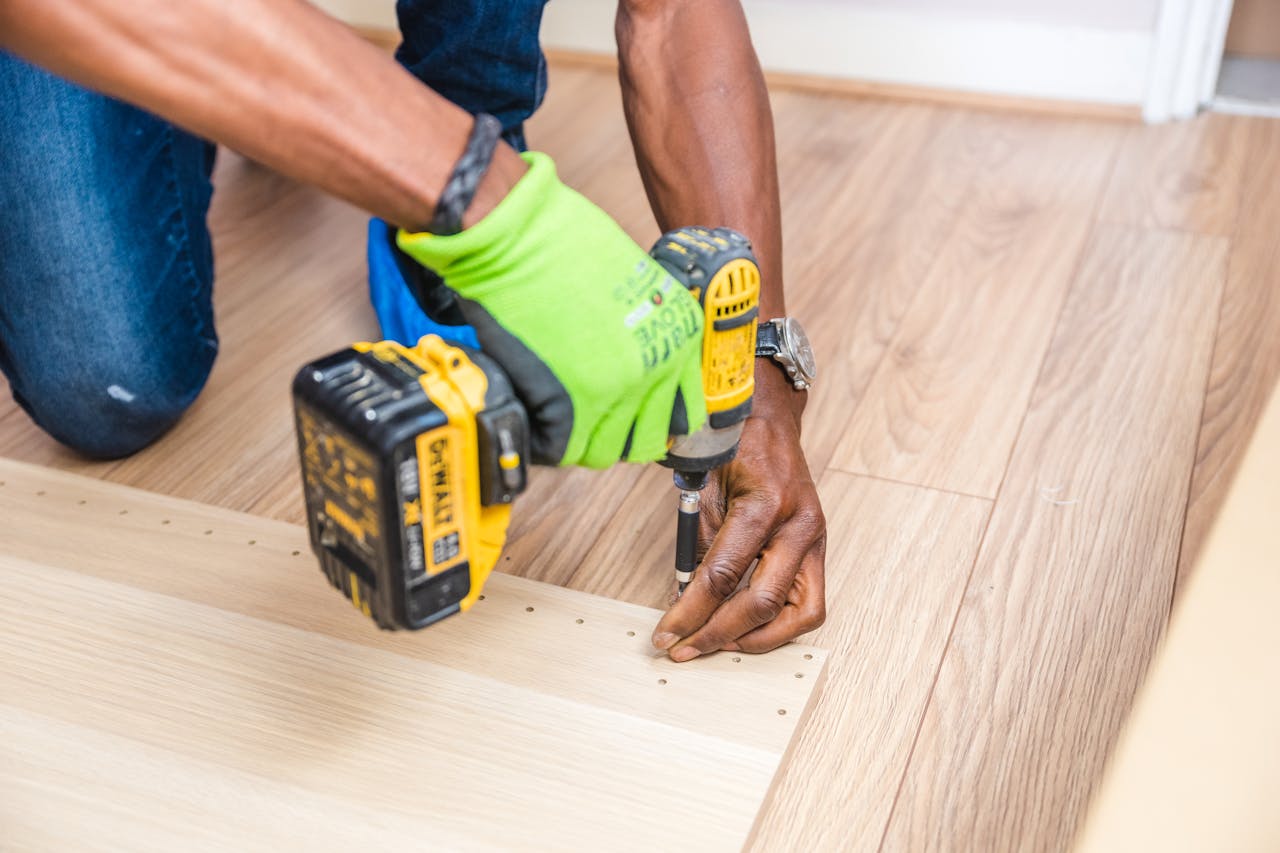
Key Considerations for Transporting Flooring
Transporting flooring materials safely and efficiently is crucial to ensuring they arrive in perfect condition and ready for installation. Whether you are a homeowner receiving a delivery or a business managing a large shipment, understanding the best practices for flooring transportation can help prevent damage and costly delays. Here’s a comprehensive guide to the key considerations for transporting flooring.
1. Packaging and Protection
Proper Packaging:
- Original Packaging: Keep the flooring in its original packaging as it is designed to protect the product during transit. Manufacturers typically use robust materials and specific designs to minimize movement and prevent damage.
- Additional Wrapping: For added protection, consider wrapping the flooring with bubble wrap or heavy-duty plastic sheeting. This can provide an extra layer of cushioning against impacts and environmental factors.
Corner Protection:
- Edge Guards: Use edge guards or corner protectors to safeguard the vulnerable edges of flooring planks. This is especially important for materials like laminate and hardwood that can chip or dent easily.
- Reinforced Corners: If the original packaging does not have reinforced corners, adding corner protectors can prevent damage from bumps and drops.
2. Loading and Unloading
Handling with Care:
- Manual Handling: When manually loading and unloading flooring, always lift with care. Avoid dragging planks as this can cause scratches and other damage.
- Mechanical Aids: Use forklifts or pallet jacks to move heavy loads. Ensure that the equipment is in good condition and operated by trained personnel to prevent accidents.
Secure Loading:
- Stacking: Stack flooring boxes horizontally and avoid piling them too high. Excessive stacking can cause the boxes at the bottom to become crushed.
- Strapping: Use straps or tie-downs to secure the load in the transport vehicle. This prevents the boxes from shifting during transit, which can lead to damage.
3. Climate Control
Temperature and Humidity:
- Climate Control: Flooring materials like wood are sensitive to temperature and humidity changes. Use climate-controlled vehicles if transporting over long distances or through areas with extreme weather conditions.
- Avoid Moisture: Keep the flooring dry at all times. Moisture can cause warping, swelling, and other damage, particularly for hardwood and laminate flooring.
Acclimatization:
- Acclimation Period: Allow the flooring to acclimate to the new environment upon delivery. Store it in the installation area for at least 48 hours to adjust to the room’s temperature and humidity levels before installation.
4. Transportation Method
Choosing the Right Vehicle:
- Closed Trucks: Use closed trucks or vans to protect flooring from weather elements like rain, snow, and extreme sunlight.
- Flatbed Trucks: If using flatbed trucks, ensure the flooring is well-covered and securely fastened to prevent exposure to the elements and shifting during transit.
Route Planning:
- Shortest and Safest Route: Plan the shortest and safest route to the destination to minimize the time the flooring spends in transit and reduce the risk of damage.
- Avoid Rough Roads: Avoid routes with rough roads, potholes, or construction zones that could jostle the load and cause damage.
5. Inspection and Documentation
Inspection Upon Delivery:
- Check for Damage: Inspect the flooring upon delivery. Look for signs of damage such as dents, scratches, moisture exposure, and crushed corners.
- Report Issues: Document any damage with photographs and report it immediately to the supplier or carrier. This ensures that any claims for damages can be processed quickly and effectively.
Documentation:
- Shipping Records: Keep detailed records of the shipment, including the quantity, type of flooring, and condition upon departure and arrival. This helps in tracking the shipment and addressing any discrepancies or issues.
Conclusion
Proper transportation of flooring materials involves careful packaging, secure loading, climate control, choosing the right vehicle, and thorough inspection. By following these best practices, you can ensure that your flooring arrives in excellent condition, ready for installation. Whether you are a business managing logistics or a homeowner receiving a delivery, these considerations will help protect your investment and facilitate a smooth installation process.
